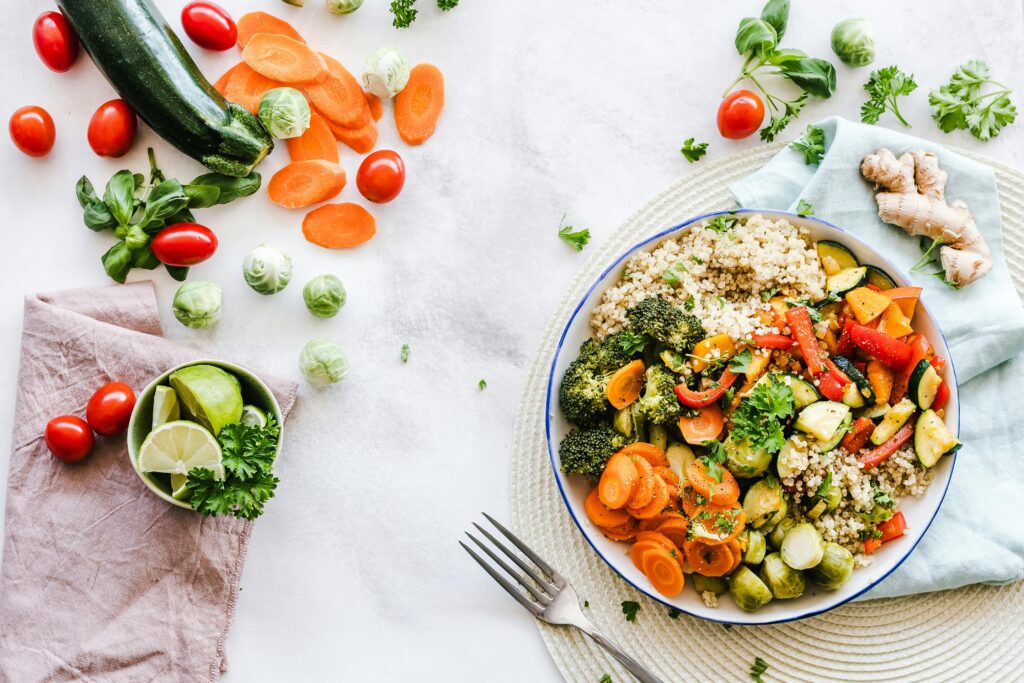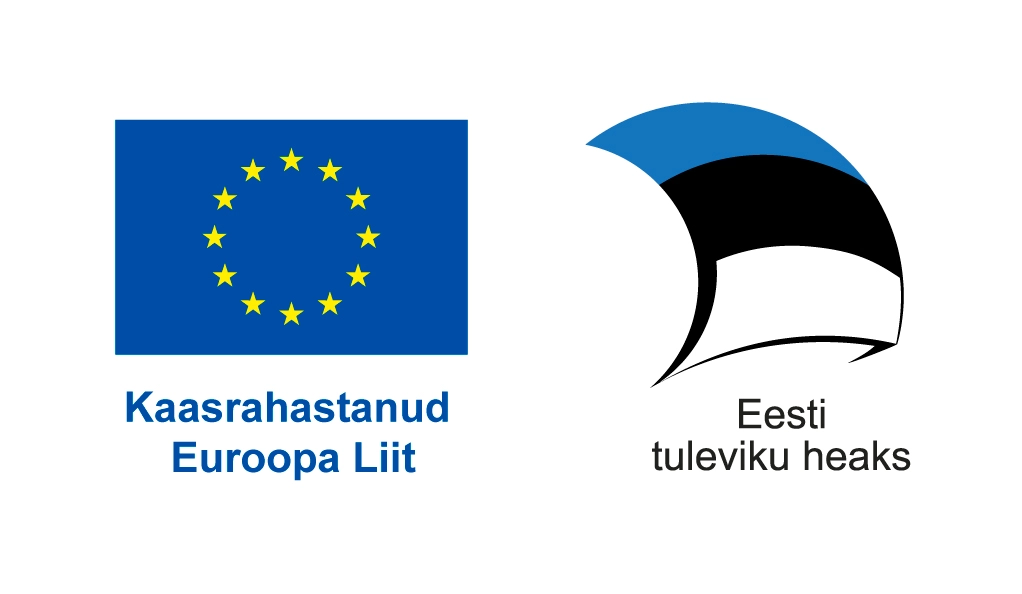
We all know the basic rules of healthy eating: pile on the veggies, grab some fruit, and maybe put that second slice of cake back. But when trying to look beyond these basics, food science becomes increasingly complex, muddy and confusing. Sometimes we even find contradictory advice, where one study may say that fermented foods are healthier while another says that they are not. This article summarises strong scientific consensus on some of the more nuanced aspects of healthy diets. It is useful if your diet is already average (i.e. “C”) or good (i.e. “B”) and you’re reaching for the next gold star (i.e. “A”)
Right now, at Lyfery we ask just two super-simple basic questions:
(where one portion equals 80 grams[1,2]). This is probably the single most important dimension of food which people interested in health should consider first, as it should form 70% of the food on your plate. Specifically, scientific advice is to aim for 400 g/dayof vegetables (e.g. by rotating leafy greens, broccoli/cabbage, carrots, peppers, tomatoes, mushrooms) and 300 g/day of fruit (e.g. 1 apple + 1 banana + a handful of fresh or frozen berries).
Next, the Nordic Nutrition Recommendations (NNR 2023) go one step further, by adding additional dimensions to give advice about what the remaining 30% should look like. The scientific evidence is exceptionally strong that also doing the following six things will certainly improve your health:
(1) Fibre
Eat 150g of brown whole grains, high in fibre, rather than white processed foods. This can be achieved every day with something like:
(2) Legumes
Eat 70g of (dry weight) beans, lentils, chickpeas, or peas. Add handful into bolognese or stews like “Ühepajatoit”.
(3) Nuts & Seeds
Eat 20g a day (2 tablespoons). Keep a jar visible in your kitchen, as the “go to” snack option after a meal.
(4) Fish and olive oil
Eating 100g of fatty fish (i.e. salmon, trout, herrings incl. “räim”, sardines and sprats incl. “Kilu”, and mackerel) will provide the minimum amount of omega-3s needed for
Eating more healthy fats (such as olive oil, nuts and seeds and healthy fish as these reduce your chances of having a heart attack, while reducing meat [6,7,13].
In addition, aim for 4 tablespoons of olive or rapeseed oil every day.
(4) Minimum sweets, sugary foods and sugary drinks [5,12].
We all deserve to let loose on a special occasion. However on regular days, try to avoid sugary drinks (even more than 1 can per month causes a small amount of harm). Instead, use tap water as your default drink of choice.
(6) Minimum red and processed meat
Some people think that meat is the only way to obtain protein and iron. This idea is now increasingly out of date. If you follow the other points listed above (including eating a sufficient variety and quantity of legumes and vegetables), your protein needs are already met. Unfortunately, scientific advice indicates that most people eat too much processed meat (and, to a lesser degree, too much fresh red meat). In countries like Estonia, this causes about two deaths every day (mainly from cancers and heart disease). [16] You can avoid this risk by aiming to:
Eat 0–260 g of processed meat (including sausages and ham) once every four months. This is equivalent to one stick of sausage (“suitsuvorsti latt”) every four months, or alternatively, one smaller pack of pre-sliced sausages once every two months.
Our advice: if processed meats are part of your daily or weekly routine, try to replace them with something else (e.g. Italian-style bruschettas with olive oil, tomatoes, and/or avocados). This means that processed meats should only be eaten on special occasions.
Eat 0–350 g of red meat (e.g. one beef or lamb steak) per month, not more.
Our advice: if you love the taste of grilled meat, use less red meat and opt for more chicken or fish instead. Provided that you leave enough room for all the good stuff listed above, you can eat as much chicken as you like.
Why This Matters
This blog is just the beginning of what we’re trying to do at Lyfery. Hopefully over the next few years we will have a richer, more complete and more nuanced view of our customers’ diets, which we can use to:
Food is never just a number. It’s family dinners, busy workdays, long winters, summer berries, and yes, the occasional indulgence. The best measure of nutrition is how our food choices help us feel, live, and thrive.
This article was written by Dr. Taavi Tillmann, Associate Professor of Public Health at the University of Tartu and Lyfery’s Chief Scientific Officer, in close collaboration with Sakshi Shanbhag, Public Health Specialist at the UK’s National Health Service (NHS) and a Lyfery partner, who provided valuable input and insights.
Photo credit: Pexels (Ella Olsson)
References

Lyfery pakub sulle personaalset ja sinu tervisekäitumisest sõltuvat elukindlustuse lahendust. Skandinaavia pangad seda endale lubada ei saa.

The project “Technological development, testing, and demonstration of components of a healthy lifestyle scoring model” has received €34,580 in development grant support.
As part of the project, a model was developed to assess healthy lifestyle habits, enabling the cost-effective offering of life insurance that supports healthier living. The goal is to create a scalable, health-promoting product that can be expanded across Europe.
As a result of the project, the Lyfery app now measures lifestyle-related mortality risk on an individual customer basis.